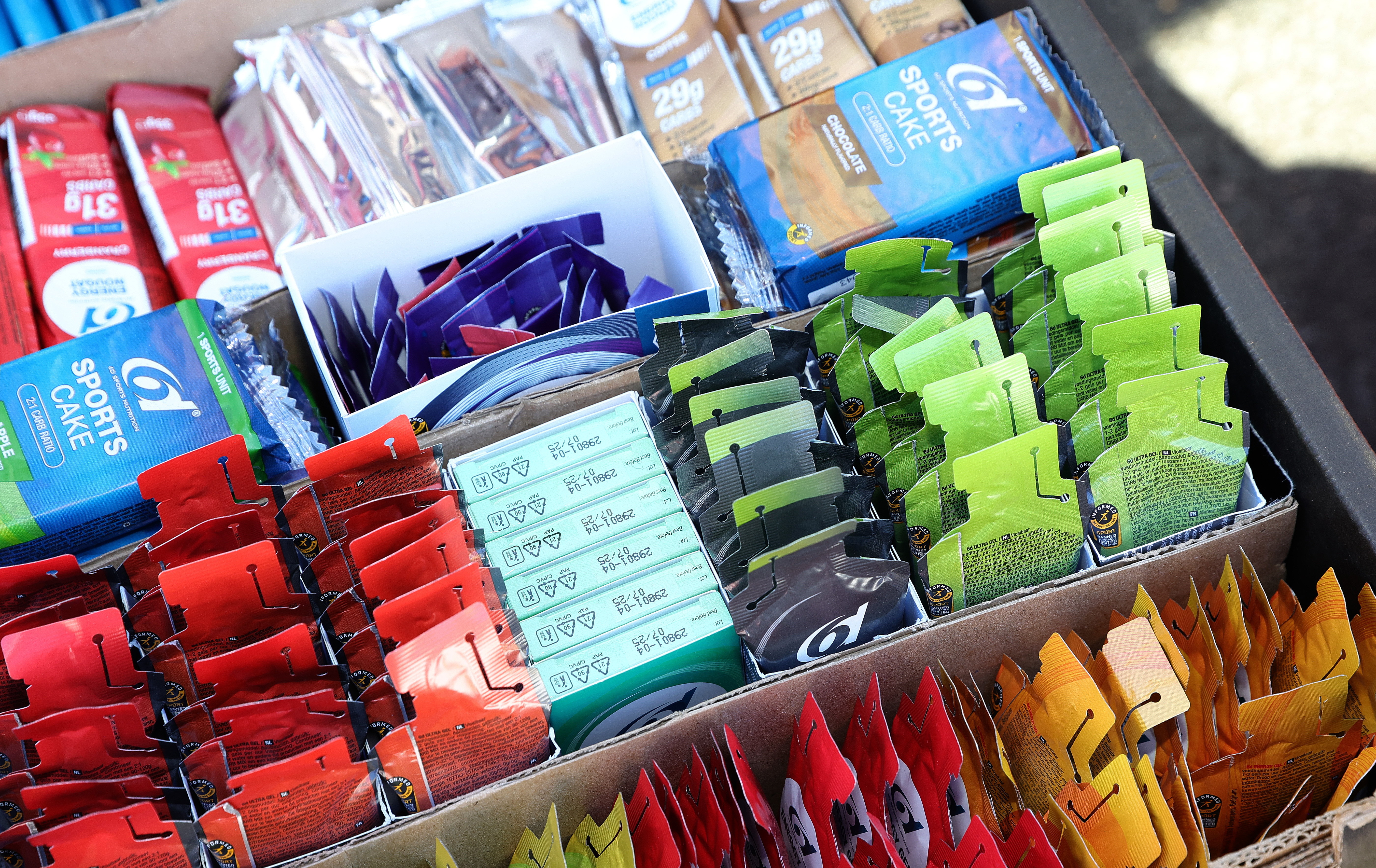

Indoor riding is more than just a winter necessity these days; it's an opportunity to fit in a structured training session in under-controlled conditions, even if the weather is bad or time is tight.
However, no matter how much technology you throw at it, the demands of indoor training remain different to the outdoor riding world. Fuelling is perhaps one of the biggest parts of this. Interval sessions can burn more calories than you expect indoors, increased perspiration can leave you dehydrated, and all of these things can decrease the quality of your training.
So how should you approach your indoor riding nutrition? We've put together a fairly simple before, during, and after set of rules to help you stay on top of things as the nights draw in.
It's easy to just jump onto the trainer; we've probably all done it, but getting the basics like fuelling and hydration right before a session, particularly a tougher one, can really pay off over the course of a winter, and help maximise your training.
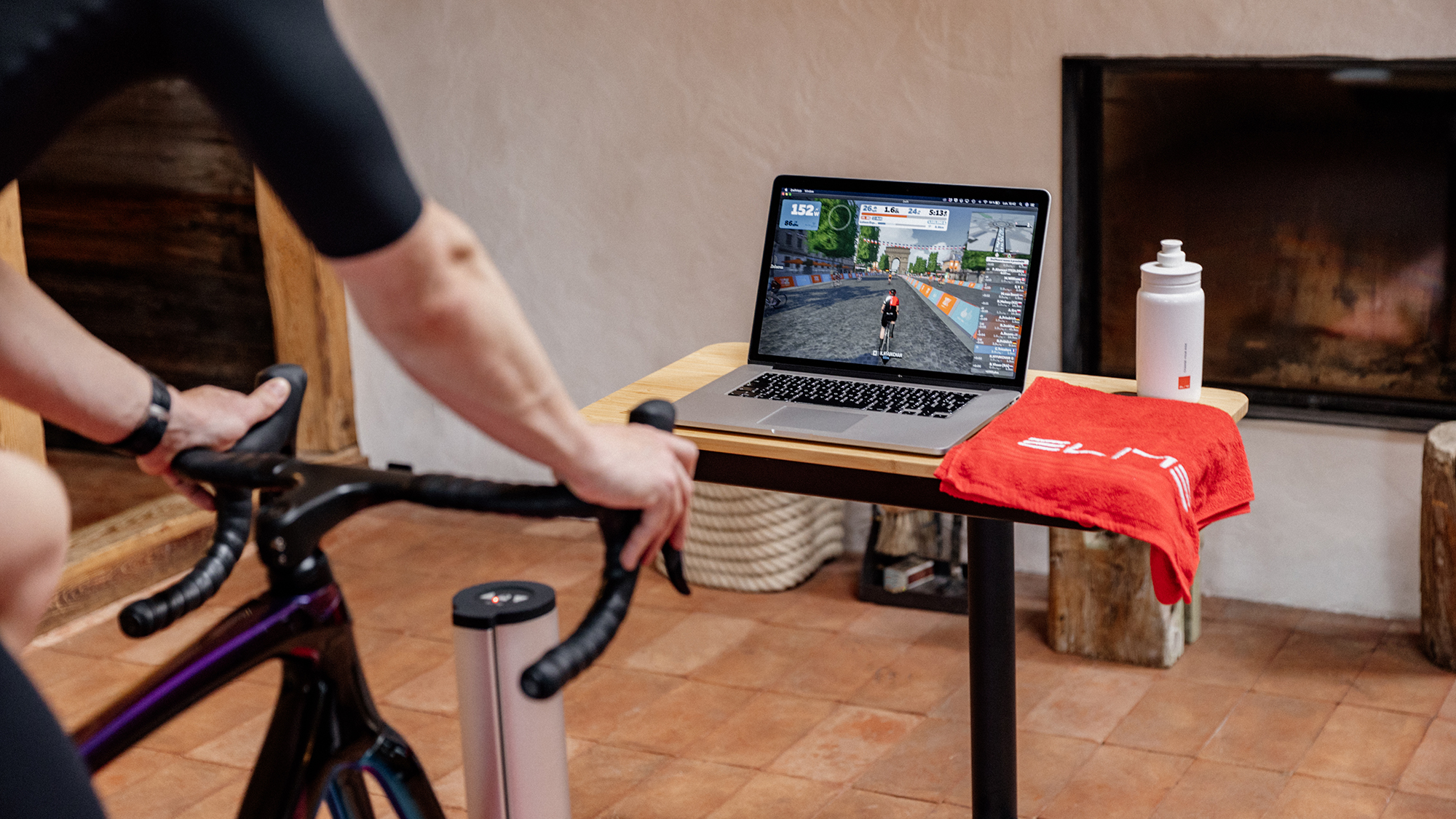
Carb up before you train
The goal before you clip in is pleasantly ordinary. Top up glycogen, arrive hydrated, and keep your stomach calm. If you have two to four hours before your session, aim for 1-4 grams of carbohydrate per kilogram across that window. Don’t, however, be too rigid - we all metabolise food differently, so bear that in mind. Before you go all out on the turbo, it can be worth keeping fibre and fat intake modest too, to aid digestion. A rice bowl with a lean protein works well, or porridge with honey and yoghurt, for example.
Being short on time isn’t necessarily a problem either. If you don’t have long before you train, something quicker, like a banana or gel, followed by more on-bike carbs, will help to get you through the last intervals too.
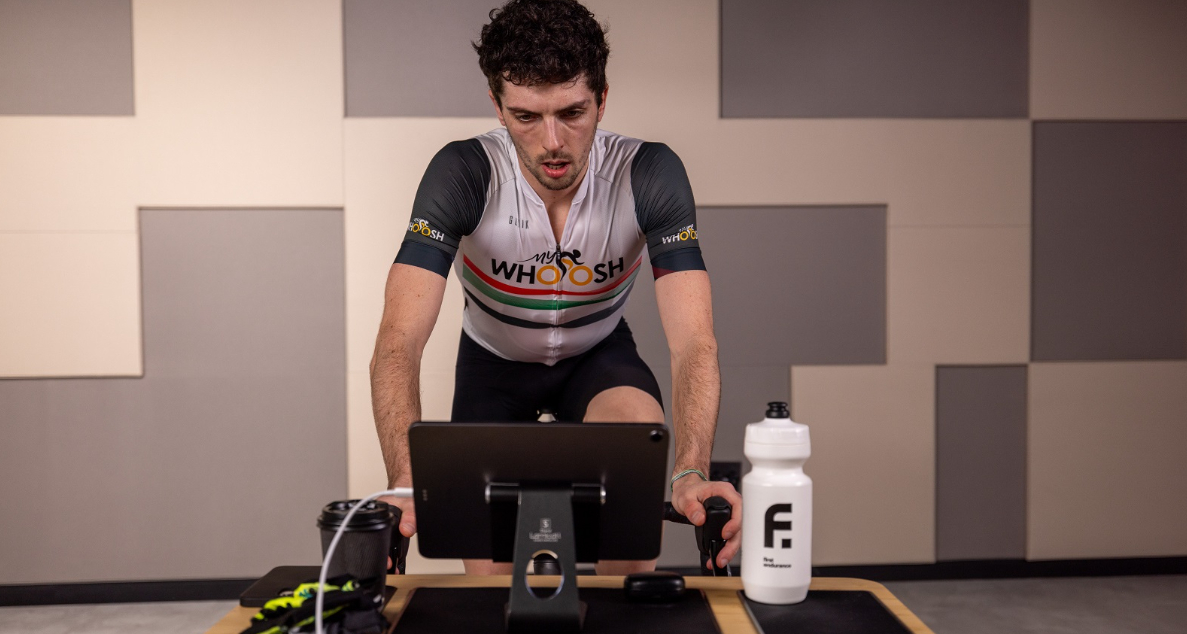
Next up, there’s the main player in the perspiration-filled room, hydration - and this is best started before the session itself. We recommend drinking around 500-750ml of water or electrolyte in the 2-hour window before you train if you can. That way, you end up drinking what you need for the session when you're on the bike; this prevents you from firefighting later when your mouth is dry post-session.
The latest race content, interviews, features, reviews and expert buying guides, direct to your inbox!
If you are someone who tends to ride early, it can be beneficial to keep food and water intake lighter. However, this may well affect what training session you can complete. If you aren't working with a lot of carbohydrates in your stomach early in the morning, then a VO2 max interval session isn't a sensible option.
During the session
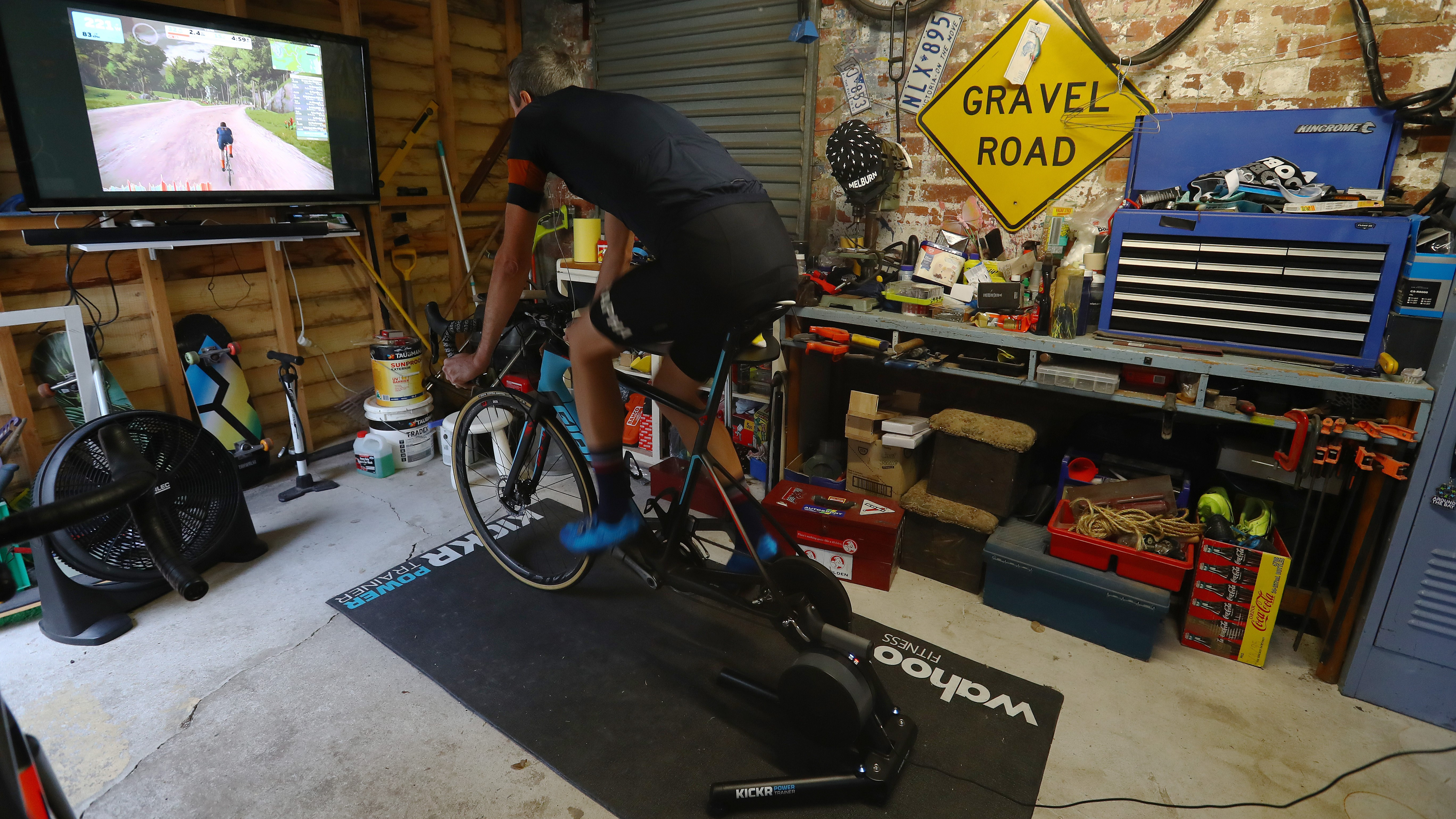
What you eat during a turbo training session will vary depending on the length of it, the intensity, and how much you have managed to eat before as well.
The golden rule is that we want to make sure the body has enough carbohydrate to help you to complete the training session to a high standard, not finishing your training feeling ravenous and ready to raid the fridge - and this can mean eating more than you think.
If you are simply on an easy recovery ride or zone 2 spin, you'll likely get away without any food during your session unless you feel genuinely hungry - just water and electrolytes. When the ride time ticks over 45 minutes, however, it's time to start putting some carbs down.
For Z2 riding, a good baseline of carbohydrate intake is to aim for around 45 grams per hour. For context, that's about the same as one large banana and a meusli bar. And note the solid foods - when the riding is fairly easy, I would recommend opting for real foods where possible, as they tend to be much easier on the stomach than gels or maltodextrin drinks.
If the session is more intense, then the carb intake increases. For interval sessions, we recommend aiming for around 60g of carbohydrate per hour as a starting point. Yes, professionals might eat double that when they are racing, but they train their stomachs specifically to do so.
For most of us, 60g is a good figure to aim at, and it won't leave you feeling like your stomach is made of lead. If you are comfortable with this figure already, or are already exceeding it, then a training session indoors could be a good place to experiment with different fuelling strategies. It's a safe space, out of a race, event or an isolated real-world location.
This is also where energy gels and drinks make an appearance. They are designed to be absorbed by the stomach incredibly quickly, and that helps particularly when your turbo session may only be 60-90 minutes in duration. Fluid intake should also increase when the going gets tricky. Aiming for 1-1.5 litres per hour is a good aim, and you might want to start to think about alternating your bottles between electrolyte mix and water at this point, too, if nothing else, to give you a bit of variety.
After you ride
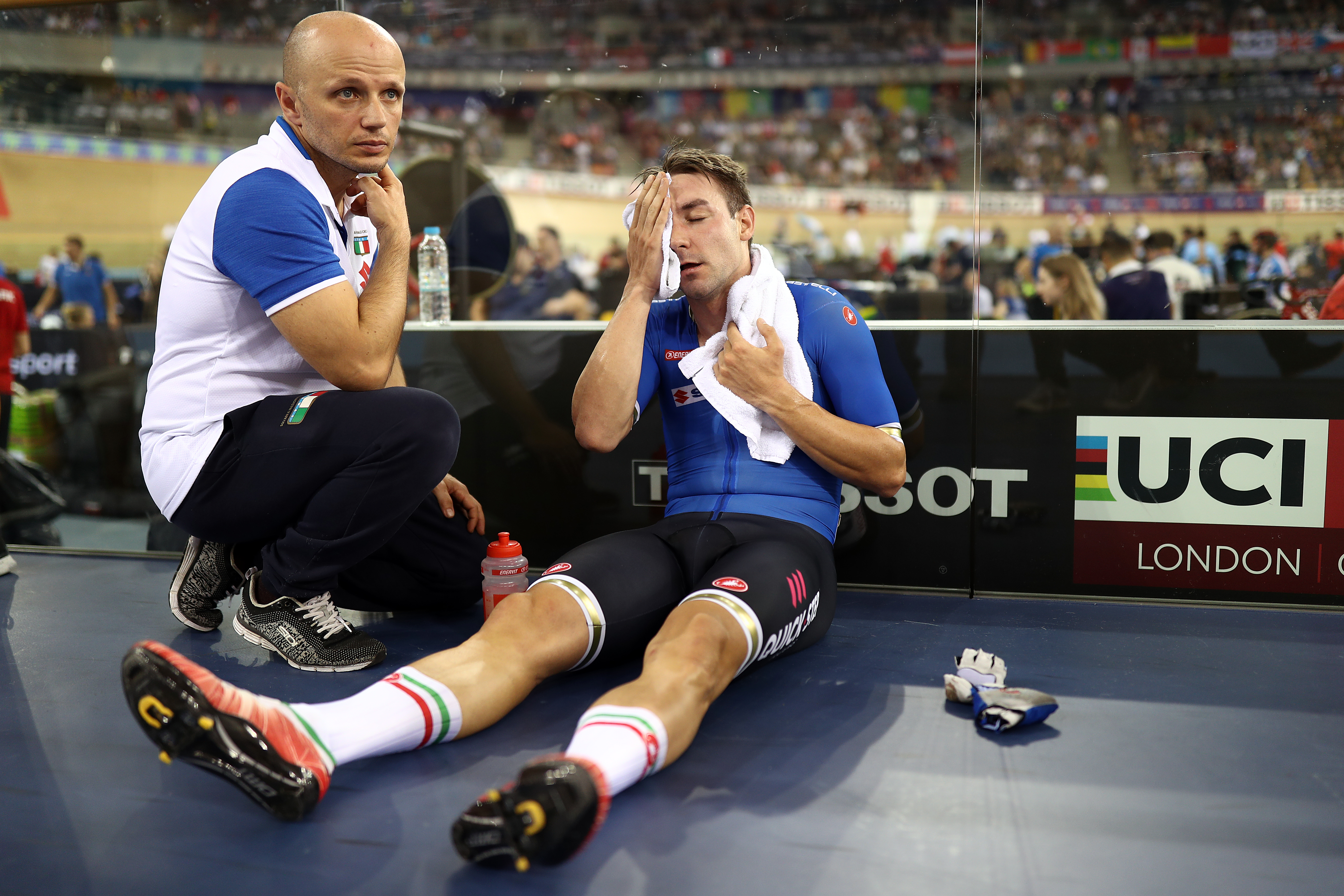
Recovery is simple when you know what you are trying to do. Protein repairs the muscle you have just stressed and turns the session into adaptation. Carbohydrates replenish the glycogen you burned, so tomorrow’s legs are ready. Fluids and a bit of salt replace what dripped onto the mat - all of these are important in equal measure.
A solid post-training meal should aim for around 0.4g of protein per kilogram of bodyweight. For an 80kg rider, that is around 32 grams of protein. As far as carbs are concerned, follow a rule of around 1g per kilogram of bodyweight.
My personal post-training meal has traditionally been a tuna pasta salad. The protein content in a tin of tuna is about perfect for my bodyweight, the carbs come from the pasta, and I can also get some good nutrients from a salad of rocket, peppers, tomatoes, and spinach. The best part is that you can chop the ingredients and make a dressing in the time it takes the pasta to cook, meaning all you are looking at is a sub-15-minute meal, which meets the 30-minute optimal refuelling window.
If you prefer to just have something ready to go without any preparation whatsoever, then recovery shakes are a great option too. They are designed to be absorbed quickly by the body, and also force you to rehydrate in the process, but be a little careful if you are new to shakes. For some, myself included, they can be a little harsh on the stomach, so experiment with what works for you, and listen to your body.
The other thing that makes a big difference to your nutrition is when you have it after your training. When we exercise, our bodies' metabolic rate increases, and post-training, it will stay in this state for some time. If you can have your post-training meal within 30 minutes of your training session, your body will be able to metabolise the nutrition quicker, and will ultimately aid recovery.
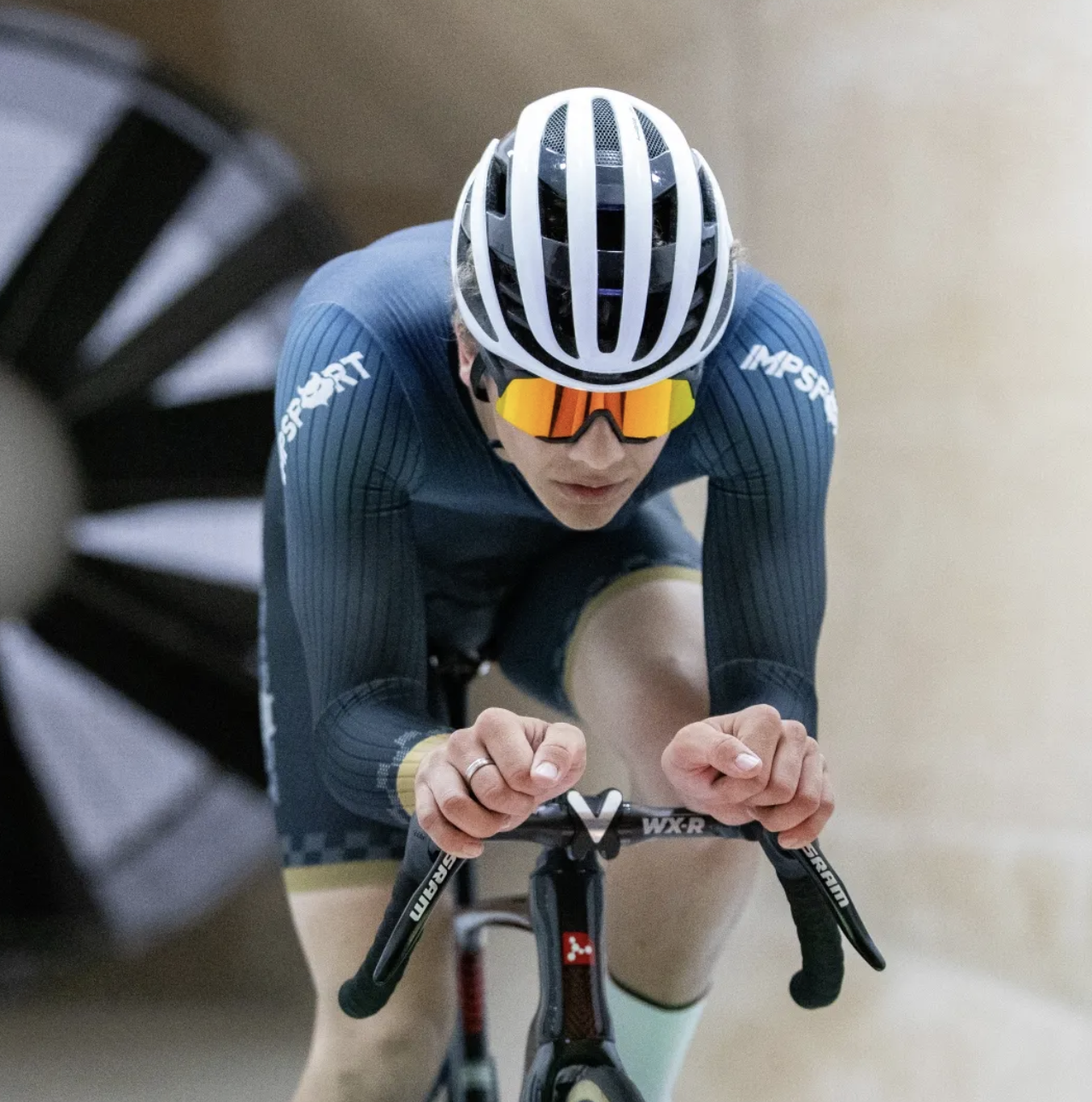
Joe is a former racer, having plied his trade in Italy, Spain and Belgium, before joining Cycling Weekly as a freelancer and latterly as a full time Tech Writer. He's fully clued up on race-ready kit, and is obsessive enough about bike setups to create his own machine upon which he won the Junior National Hill Climb title in 2018.
You must confirm your public display name before commenting
Please logout and then login again, you will then be prompted to enter your display name.
